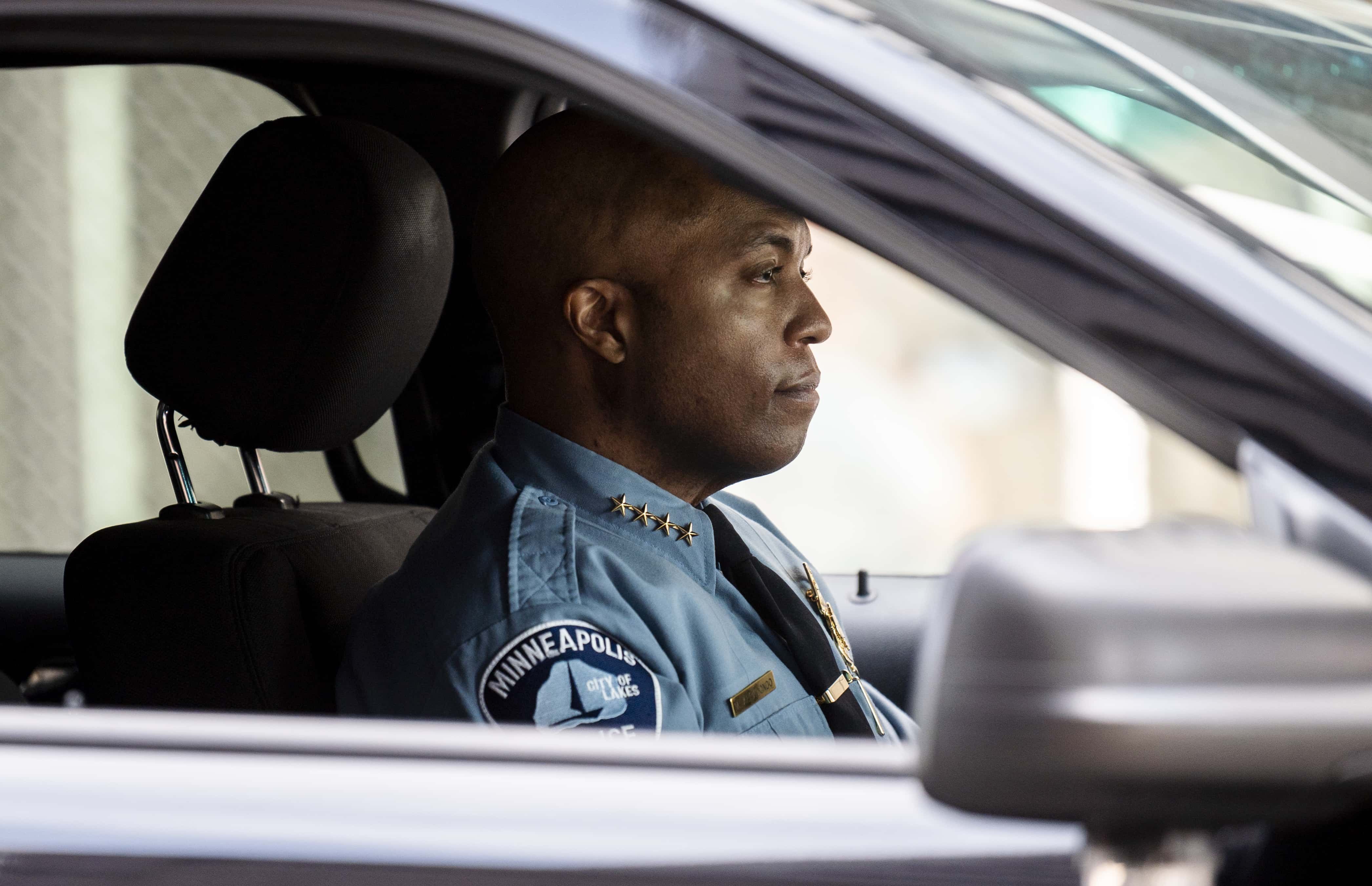Derek Chauvin trial: What was Exhibit 17? Pic of indifference in cop's eyes as George Floyd died used as proof

Derek Chauvin's trial will remain etched in people's memories for years to come thanks to the number of images and sound bytes it generated, however, one heart-wrenching image stands out from the rest -- the one that captures the nonchalant look in Chauvin's eyes on May 25, 2020, when the former Minneapolis officer pinned George Floyd under his knee as it drained the life out of him.
According to CNN's John Blake, the image represents what "could pose the biggest challenge to broader police reforms ahead." Chauvin's chilling countenance was freeze-framed in what the prosecution labeled "Exhibit 17," showing the former cop glancing at a crowd of bystanders while bearing down on Floyd, who is handcuffed and struggling to breathe as he was pinned to the pavement for over 9 minutes and 29 seconds.
RELATED ARTICLES

Minneapolis Police Chief Medaria Arradondo, the most high-profile witness in the Chauvin trial, was asked by prosecutor Steve Schleicher if he would describe the force used by Chauvin on Memorial Day, 2020, as proper and in keeping with the training of Minneapolis police officers. "I absolutely do not agree with that," Arradondo answered. "That action is not de-escalation," he stated as he claimed that "when we talk about the framework of our sanctity of life and when we talk about the principles and values that we have that action goes contrary to what we're taught."
Read the full transcript here
Arradondo explained that he scoured through hours of police body-camera, surveillance and bystander video footage before drawing his conclusions. After being shown "Exhibit 17," the chief said the tactic was not the type of "conscious neck restraint" his officers had been trained to use. "A conscious neck restraint by policy mentions light to moderate pressure. When I look at Exhibit 17 and when I look at the facial expression of Mr. Floyd, that does not appear in any way, shape, or form that that is light to moderate pressure," he said.
And when asked if the restraint used by Chauvin on Floyd violated department policy, Arradondo said he "absolutely" agreed it did. "It has to be objectively reasonable. We have to take into account the circumstances, information, the threat to the officer, the threat to others, the severity of that. So that is not part of our policy. That is not what we teach and that should be condoned," he added.

Arradondo was also asked when Chauvin should ideally have stopped using the restraint on Floyd. "Once Mr. Floyd, and this is based on my viewing of the videos, had stopped resisting, and certainly once he was in distress and trying to verbalize that, that should have stopped," Arradondo explained. "To continue to apply that level of force to a person proned out, handcuffed behind his back, that in no way shape or form is anything that is by policy. It's not part of our training and it is certainly not part of our ethics or values," he stated.










